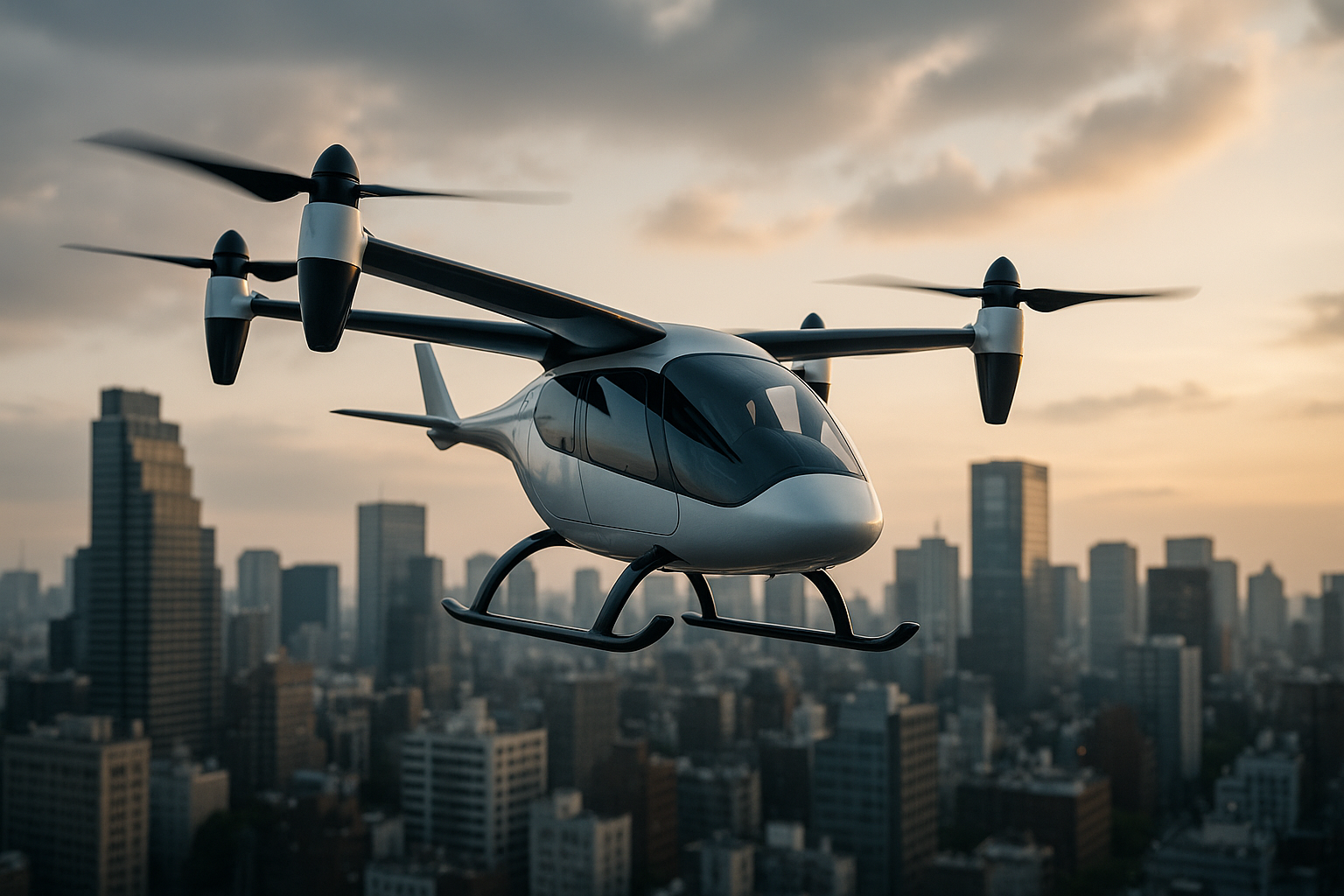Meet the Future of Transportation: Electric Vertical Takeoff and Landing (EVTOL) Aircraft
The inception of the aviation sector can be traced back to the Wright brothers' first flight in 1903. Fast forward to the 21st century, and we're on the brink of another monumental shift in aviation. The Electric Vertical Takeoff and Landing (EVTOL) aircraft, the future of urban transportation is here.

The EVTOL aircraft, although still in its nascent stage, is predicted to revolutionize the transportation sector. It’s the amalgamation of the ease of a helicopter and the efficiency of a plane, creating a new breed of urban air mobility.
A Flight Down Memory Lane
The concept of vertical takeoff and landing is not new. Helicopters, with their ability to ascend and descend vertically, have been around since the 1930s. However, they are noisy, expensive, and not particularly eco-friendly.
Fast forward to the 21st century, the need for sustainable and efficient urban transportation gave birth to the concept of EVTOL aircraft. These vehicles aim to combine the best of both worlds: the vertical maneuverability of helicopters and the energy efficiency of electric propulsion.
The EVTOL Phenomenon: What’s Buzzing Now
EVTOL aircraft are a focal point in today’s transportation discourse, with companies and governments worldwide recognizing their potential. For instance, just last month, the UK announced its plans to invest £300 million in urban air mobility, with a major chunk directed towards EVTOL development.
Concurrently, well-established companies like Uber and startups like Lilium are racing to create viable EVTOL models. In fact, Uber has already showcased its design for flying taxis, with a target to start commercial operations by 2023.
EVTOL: The Prospects and Challenges
The promise of EVTOL is immense. These aircraft are not only expected to reduce pressure on ground transport but also significantly cut down travel time. For instance, a trip that would normally take an hour by car could potentially be reduced to just 15 minutes with EVTOL.
However, the path to realizing this vision is fraught with challenges. There are technical hurdles, such as battery life and noise reduction, that need to be overcome. Moreover, there are regulatory and infrastructure-related concerns that need to be addressed.
The Market Impact: A Pricey Proposition?
As far as the pricing goes, initial estimates suggest that EVTOL services could be quite expensive—perhaps prohibitively so for many potential users. However, as the technology matures and economies of scale kick in, prices are expected to fall.
Moreover, the impact of EVTOL extends beyond just the end-user. It could give a much-needed boost to the aviation sector, create jobs, and even spur the development of new industries, such as those related to EVTOL infrastructure.
The Final Verdict
The EVTOL aircraft, with its promise of quick, efficient, and sustainable urban air mobility, is certainly a tantalizing prospect. However, it’s still early days, and a lot depends on how well the various challenges are navigated.
In the end, EVTOL is more than just a new mode of transport—it’s a symbol of our inexorable march towards a future where technology, sustainability, and convenience converge. And while the journey is fraught with uncertainties, one thing is clear: the future of transportation is set to soar to new heights.




